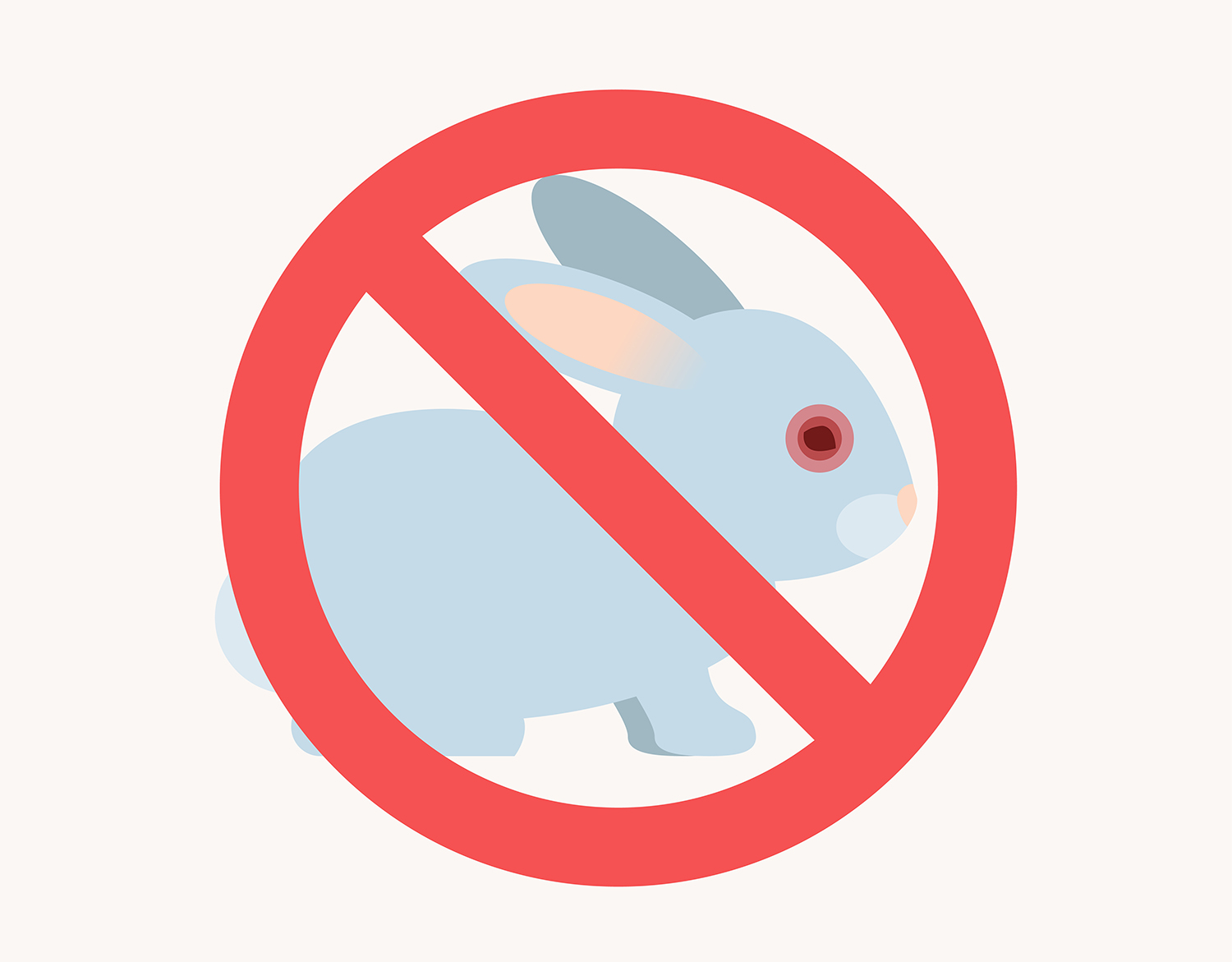Throughout history, animal testing has been the primary tool used to determine whether certain chemicals are safe for use in humans and/or the environment. However, this method of testing poses several concerns. For example, animal testing is often harmful to the animal subjects involved, which is considered inhumane by some critics. In addition, animal testing is not always effective, providing results that may not translate to humans. Furthermore, animal testing is expensive.
All of these drawbacks have led researchers to look for alternatives to animal testing. Below are three viable alternatives that can be used to test chemicals for toxicity.
1. Human volunteers.
Tests performed on human volunteers translate much better into the general population than animal tests. Critics of this alternative point out the obvious risk to human volunteers. However, advances in technology allow researchers to test chemicals on humans with minimal levels of risk. One of the best methods available is known as “microdosing.” Microdosing involves giving a human volunteer a very small dose of a drug and then using advanced imaging techniques to watch the drug interact with the body. With regard to cosmetic testing, this method usually involves testing a small area of the skin and using advanced techniques to analyze the response.
2. Computer Models
Another alternative to animal testing is the computer model, which allows scientists to simulate the biology of the human body for the purposes of testing different chemicals. These sophisticated models can anticipate the way the body is most likely to react to a specific substance.
Computer models eliminate the need for testing on animals, and they don’t require human subjects. These models are also cost-effective and can be repeated many times without wasting resources. For example, one type of computer-based model known as “quantitative structure-activity relationships” can use data about existing chemicals to estimate the likelihood of toxicity for a new chemical.
3. In Vitro Testing
Another viable alternative to animal testing is known as “in vitro testing.” This method utilizes actual human cells to test the toxicity or irritation potential of specific chemicals.
For example, one type of in-vitro testing developed by researchers at Harvard involves the creation of microchips that contain human cells. Different types of human cells are used on these microchips to simulate the structure and function of specific organs or systems in the human body, such as the skin. Researchers can use these chips to test the reaction of specific body systems to a new chemical, thus reducing the need for animal testing. In the cosmetics industry, the cells used would mimic the function of human skin in order to test reactions to specific substances.
High-quality in vitro testing assays are already available to cosmetic companies. A prime example is the Ocular/Dermal Irritection® Assay System from InVitro International, which can provide accurate results in as little as 24 hours.
At this time, these alternatives cannot entirely replace animal testing. However, when used properly, they can reduce the need for animal tests, especially in the cosmetics industry. In many cases, these alternatives are also more cost-effective and accurate than animal testing, making them even more desirable to researchers. As alternatives to animal testing continue to become more sophisticated, it is likely that the need for animal tests will continue to decline.


